(December 2021)
It is Christmas Day 2021 and I am led to reflect that it is now precisely sixty-three years since I got my first scale model kit, the Airfix 1/72 Hawker Hurricane IVRP. It was a Christmas present from my patents which they had probably picked up without much consideration in the local newsagency. Back then kits were not a speciality item and you could buy them in most general shops.

I was hooked. I never aspired to own a real aeroplane but with these bags of plastic parts I could build my own aviation collection. A few days later we visited my grandparents who gave me ten shillings which I spent in the toy department of a city store and got two more Airfix kits, one of them the Armstrong Whitworth Sea Hawk if my memory is still any good. After that, the only presents I wanted was model kits and when I got a part time job in a local store all that money also went on kits. I mean, what else was there worth buying? I soon discovered something else, the magazines Flying Review International and the Airfix Magazine.
The Airfix Magazine was a fabulous thing. It had articles on all aspects of modelling including railroading but, for me, the most absorbing were the articles about how to convert Airfix kits out of the bag into something else. The ones I remember most clearly were one about how to convert the little Airfix Universal Carrier into a flame thrower version by cutting up a thick knitting needle to make the fuel tanks and another about how to convert the Airfix P-51D into a H model, which I never completed because that was a bit beyond my skills back then.
With the exception of four or five years at the end of the 1960s when I thought I might learn to play the piano instead – rather unsuccessfully – I’ve been building models ever since, as often as work and other pursuits permitted. After an assault in 2001, which left me with a chronic pain problem, modelling had become a necessary part of life and an obsession which has led me into some interesting byways and obscure corners of modelling, all rewarding and frustrating by turns.
But I didn’t want to write about the past. Instead, I was led to think about the past by the present day. Since the development of the world wide web and social media modelling has become a very social activity with more streaming, you tubing and podcasts than I can keep up with while I do my nightly modelling routines. Somehow I seem attracted to the British streams with the International Scale Modelling, Flory and eModels streams my favourites. Podcasting seems to be a more recent development, begun by a group in Melbourne a few years ago with On The Bench, who has more recently been joined by more podcasts, each with a different crew and different takes on the hobby. The most entertaining for me are the Modelgeeks and Plastic Model Mojo while the others are often quite challenging in the ideas and opinions they offer. You can get to them all through a website called Modelposcasts.com.
My favourite stream now is one I’ve only recently come across, a British stream called The Interesting Modelling Company which seems to have been going for about a year . Unlike Flory, which seems aimed at new entrants to the hobby, the International Scale Modelling crew which seem to have relaxed into the hobby with a less formal style, and the eModels weekly offering which is usually pure fun, the Interesting Modelling Company stream is run by and for your older, more seasoned modeller. Which is what I guess I am. I love it.
The anchor for The Interesting Modelling Company is Jonathan Monk who, it seems, and among other things, does contract work for Airfix designing kit decals. A regular is Drewe who apparently has a real job doing something else and there is often Spence Pollard who does modelling for a living and must be famous because I keep hearing his name mentioned on the more cerebral podcasts. Unlike most other people I see and hear, these three talk like industry insiders but also retain the enthusiasm of modellers. When they talk about the latest kits, it is with a sensibility based on decades of opening boxes and assessing the contents. They also share interests in going to local model and cake shops and tell amusing stories about their lives and activities, and have become a high points in my modelling week. The difference between The Interesting Modelling Company and the other streams is that while Flory had one of the Airfix designers on their show and treated him as a special guest, The Interesting Modelling Company was joined by Dale, who manages Airfix for Hornby, and they chatted like old pals.
A few months back they fell into a contemplative mood and ended up talking about their early days in the scale modelling industry when they became associated with some of the legendary figures in Britain’s scale modelling industry including Alan Hall and Mike McEvoy. I was entranced, the people they talked about were the names I’d only read as by-lines in the modelling magazines that I’d bought and read back in those days. As they talked they brought these names to life as real and interesting people. I never met them because living on the other side of the world made that impossible, but their talk helped bring those names to life for me.
More recently Mike McEvoy died and, in his memory, Jonathan, Drewe and Spence spent over an hour reminiscing about his personality and life and times. It may not have meant much to other viewers but, again, it bought that period in the scale modelling industry to life in a unique way and I enjoyed it immensely.
One of the things that The Interesting Modelling Company crew keep reminding us about is that we are living in a golden age of modelling. Never have so many high quality kits been released with such frequency, supported by an army of after-market suppliers and paint and other finishing products. We’ve never had it so good. And yet, I don’t know that I feel the enthusiasm for the scale modelling industry that I did sixty years ago. Occasionally Jonathan digs out an old issue of Scale Aircraft Modelling to wave about with enthusiasm and that led me to find, among my massive piles of old magazines, the oldest issue of Airfix Magazine I have and the first issue of Scale Aircraft Modelling to see how our modelling world has changed.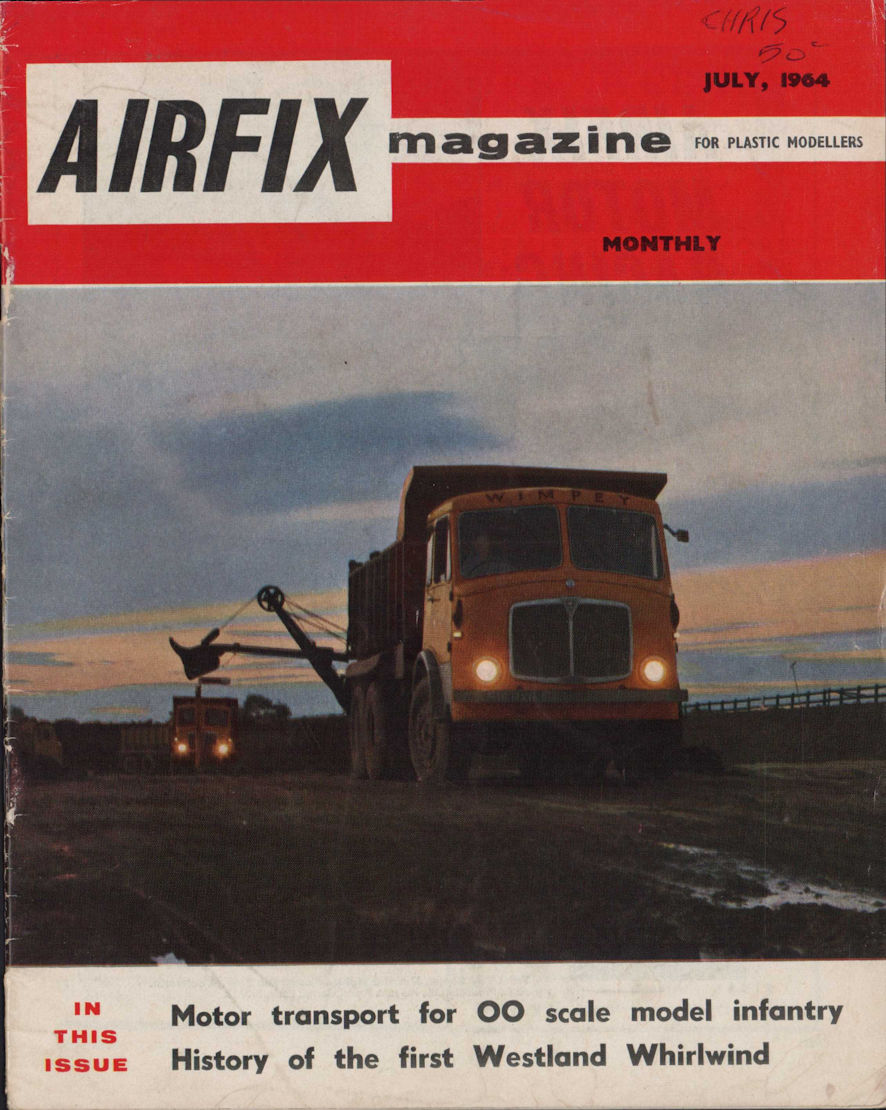
Volume 5 number 11 of the Airfix Magazine for July 1964 shows how diverse the field was that year. It includes articles on air shows, book reviews, how to convert kits for railway layouts, how to build a slot racing car transporter, shipping notes, how to build railway layouts, how to convert the Airfix Quad kit into Morris trucks, more about railways and cars, a profile of the Westland Whirlwind, new kit reviews and letters to the editor. The only three names I recognize in this issue are Alan W Hall who wrote about air shows and contributed some kit reviews, C O Ellis who wrote about the Quad conversion and M J F Bowyer who wrote a short profile on the Westland Whirlwind. Most issues of the Airfix Magazine also announced the latest Airfix releases and in this issue it was the new kit of the 1/144 Vickers VC-10 (which I have still to build). In the new kits and models section the only two aircraft models reviewed are Alan Hall’s short reviews of two of Aurora’s 1/48 World War I aircraft, the Sopwith Triplane and Fokker Eindecker.
The Interesting Modelling Company crew have remarked, on several occasions, that the men who wrote for the modelling magazines back then were journalists and then modellers, so they knew how to put words together in a convincing and readable fashion. Here is what Hall wrote to summarize his comments on the two Aurora kits:
As is usual with all Aurora kits, the position of the markings is indicated by marks raised from the surface of either wings or fuselage and, again, I make my plea that this should not be continued by this manufacturer. Without these unwanted extras both kits would be excellent and, typical of Aurora models, they are extremely sturdy when made up. I will always unhesitatingly recommend an Aurora kit to the beginner or junior model-maker, as they are easy to produce and, once completed, will stand a fair among of knocking about. To the quarter scale modeller both these kits will be a “must”.
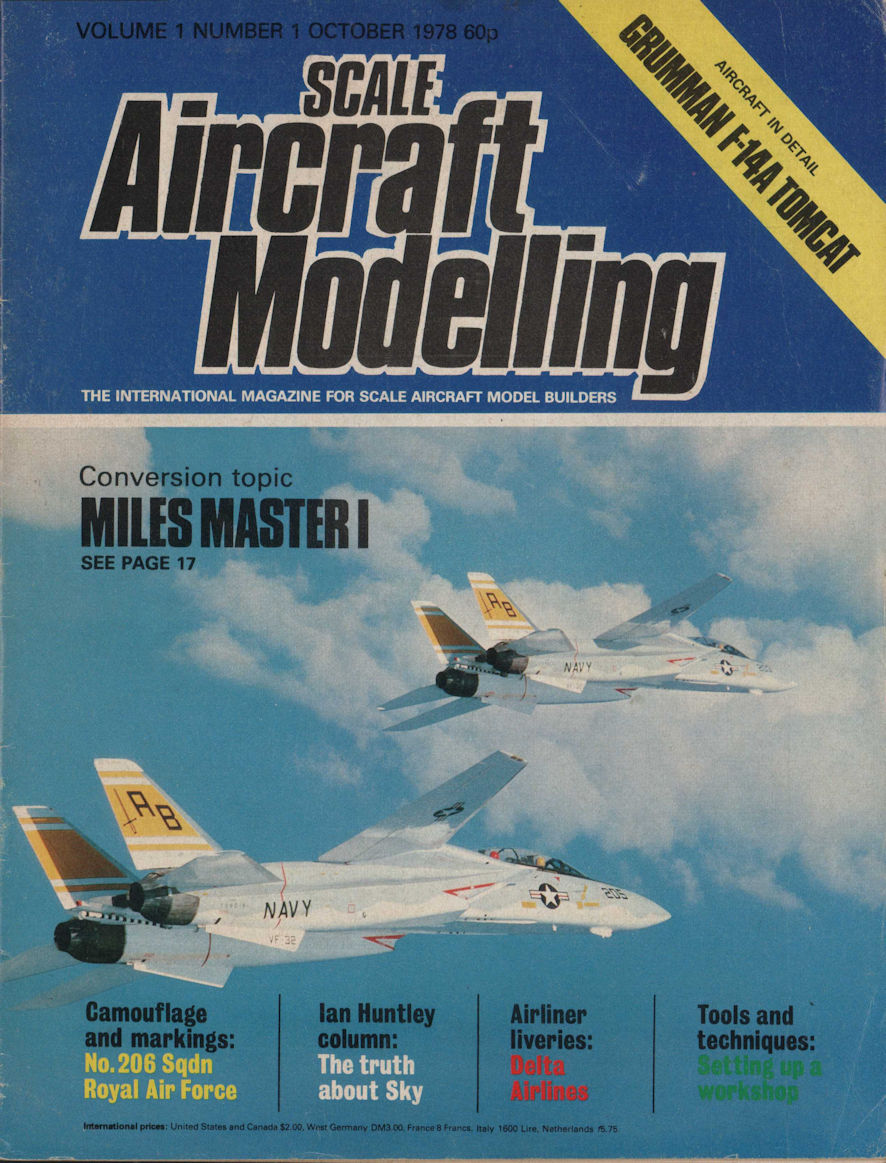
Fourteen years later Alan Hall was the editor of the first issue of Scale Aircraft Modelling which was published for October 1978. If that issue of Airfix Magazine had been published in scale modelling’s childhood this new magazine marks what might have been thought of as maturity at the time but might now be considered mere adolescence. In many ways it is the twin of the earlier Airfix Magazine in style but is different in that now a lot more attention is paid to the detail of bringing authenticity to model making. There are detailed articles on the Grumman Tomcat and a detailed ‘how-to’ article on modifying the old Frog Miles Mater kit with good 1/72 plans drawn by Hall. Ian Huntley’s first column began with ‘The Truth about Sky’, Hall wrote a ‘how-to’ article with photos on building the vacform Lockheed Ventura kit, and there were other goodies, enough fascinating reading for me to leave eyetracks all over this magazine. Again the journalistic style was there. For example, Tony Banford’s summing up paragraph of his review of the Heller 1/72 Vought F-8E is succinct, and simply elegant:
A really good model of the Crusader has long been wanted and the Heller example is first class. It has good construction features, good detail, excellent mouldings of flying surfaces, fine undercarriage and good decals. A delight to build.
The only modelling magazine to equal Scale Aircraft Modelling in intellectual intensity (if such a thing exists in scale modelling) was Scale Models, which was published for the first time in October 1969. Many names which later became well known appeared in the pages of this magazine, but it tried to cover all aspects of scale modelling and so was a bit thin on most, unlike Scale Aircraft Modelling with its focus on aviation.
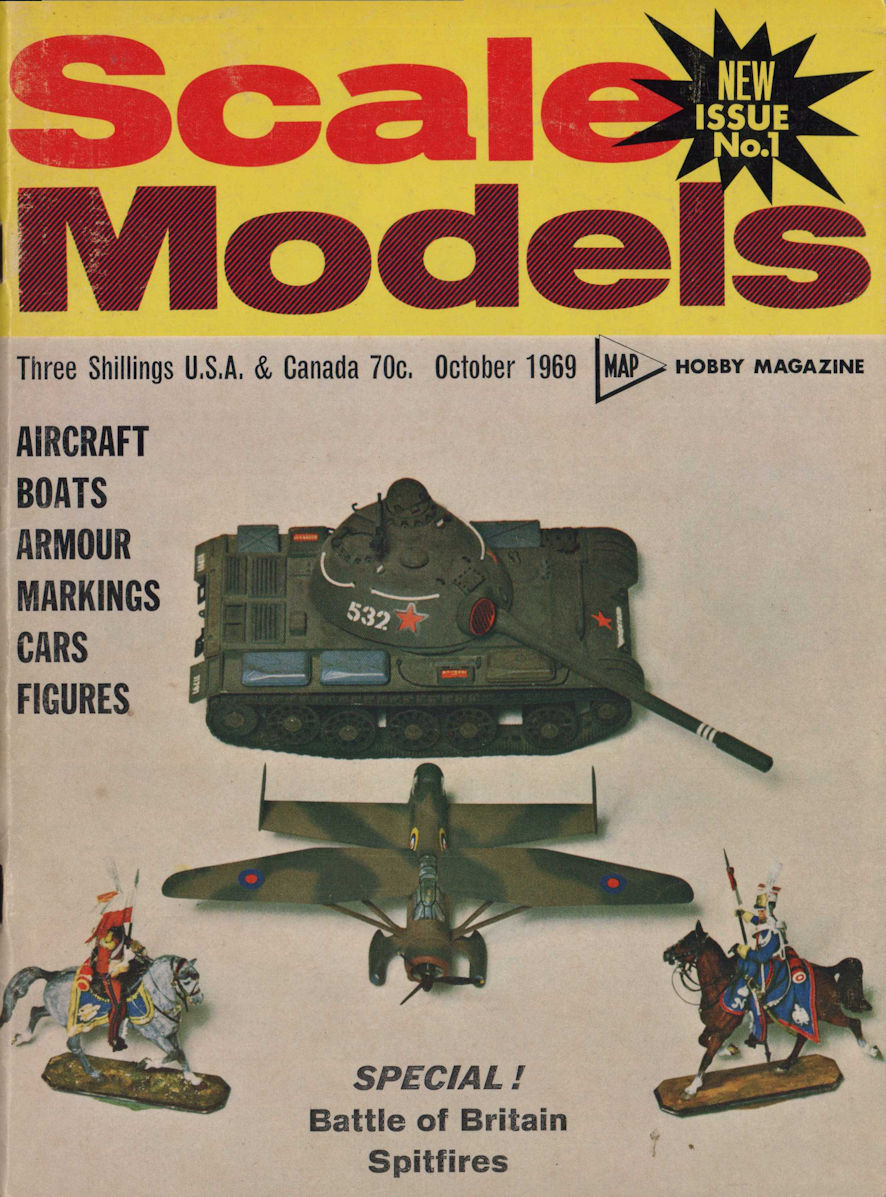
Before I close, a quick note about the American magazines from this period. I vividly recall the evening in early 1966 when Arthur Highland (well known in Melbourne book selling circles) showed I and one or two others the first issue of the American magazine Scale Modeler. We were blown away, mainly because it had some full colour pages, which none of the British magazines then had. However, in comparison to the written content of the British magazines the American magazine followed the old American pulp tradition rather than the British boys magazine tradition and so was great to look at but not so great as a read. Recently I’ve heard comments in a couple of podcasts about the impact that Fine Scale Modeler had on its American readership. When it was first published in 1982 it combined much of the visual appeal of Scale Modeler with some of the quality of the content of the British magazines, but after a steady diet of those British magazines for many years it did not seem very earth shattering to me.

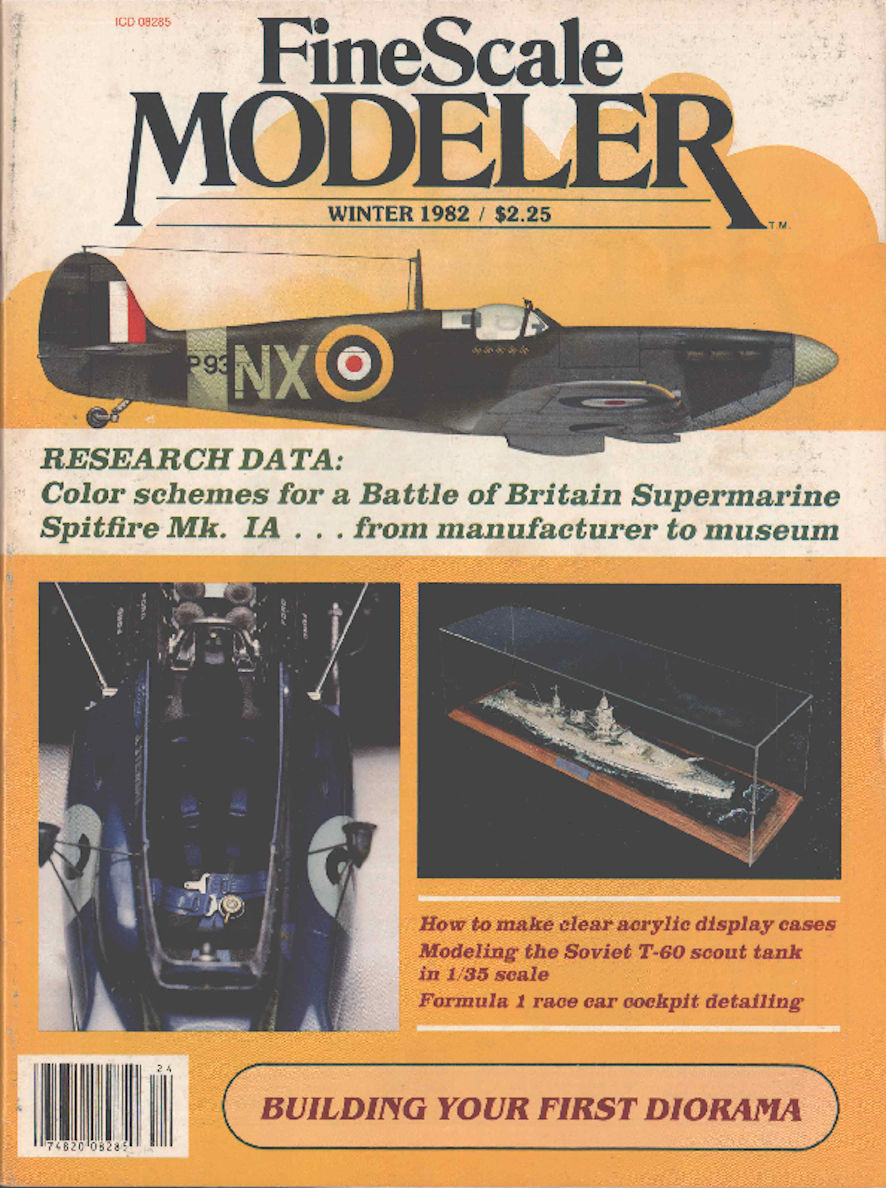
I stopped buying magazines in the early 2000s. Partly it was a shortage of money but mainly because the magazines had followed the American model in which the quality of the photos had become more important than the quality of the text. They had become like Playboy; while you claimed to buy them for the articles you really bought the magazine for the pictures. At this stage scale modelling perhaps entered another stage in its development, from childhood and adolescence to early adulthood and all that entails – a fixation with how the body looks and with developing and perfecting technique to achieve perfection in manipulating and adorning the body. Perhaps modelling is still stuck in that phase of development in the interweb age which gives primacy to the look of things and how to achieve that over other qualities.
Perhaps age give perspective and an ability to look back over the developments which have taken place in our hobby over the past sixty years. I have no doubt that we are living in a golden age but on Christmas Day, when children squeal excitedly as they open their new presents, I wonder at the excitement and joy I experienced as I looked at and then built my first model. These days I’ve traded joy and excitement for experience and a sense of mere satisfaction at a completed model.
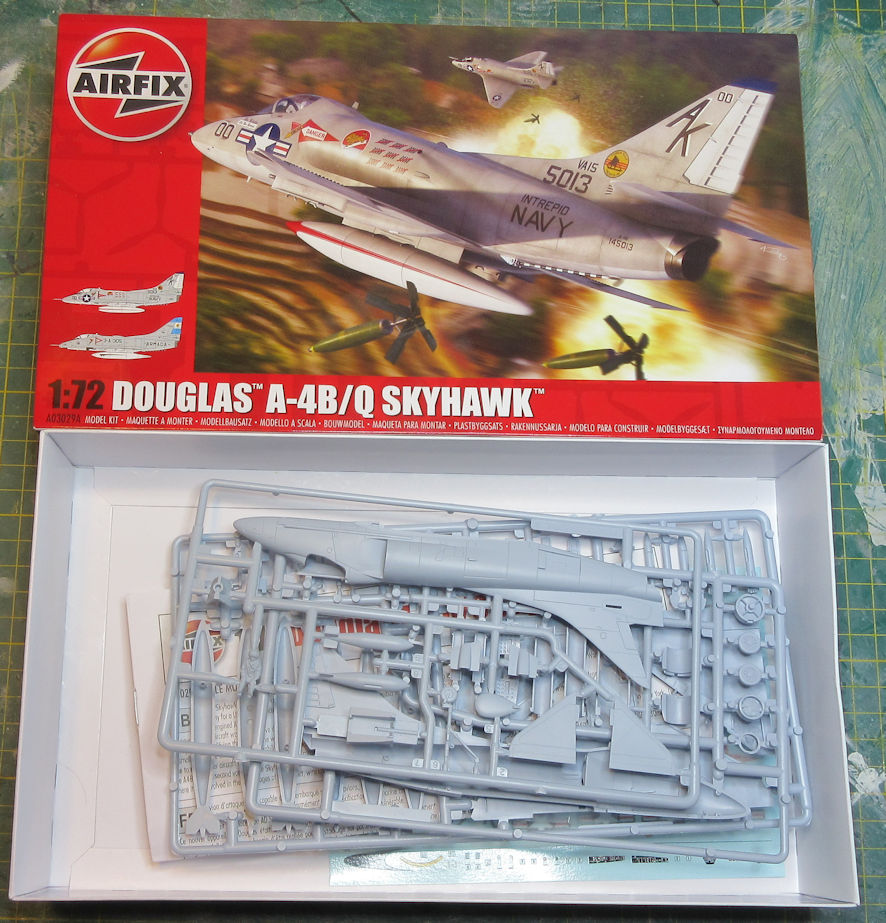
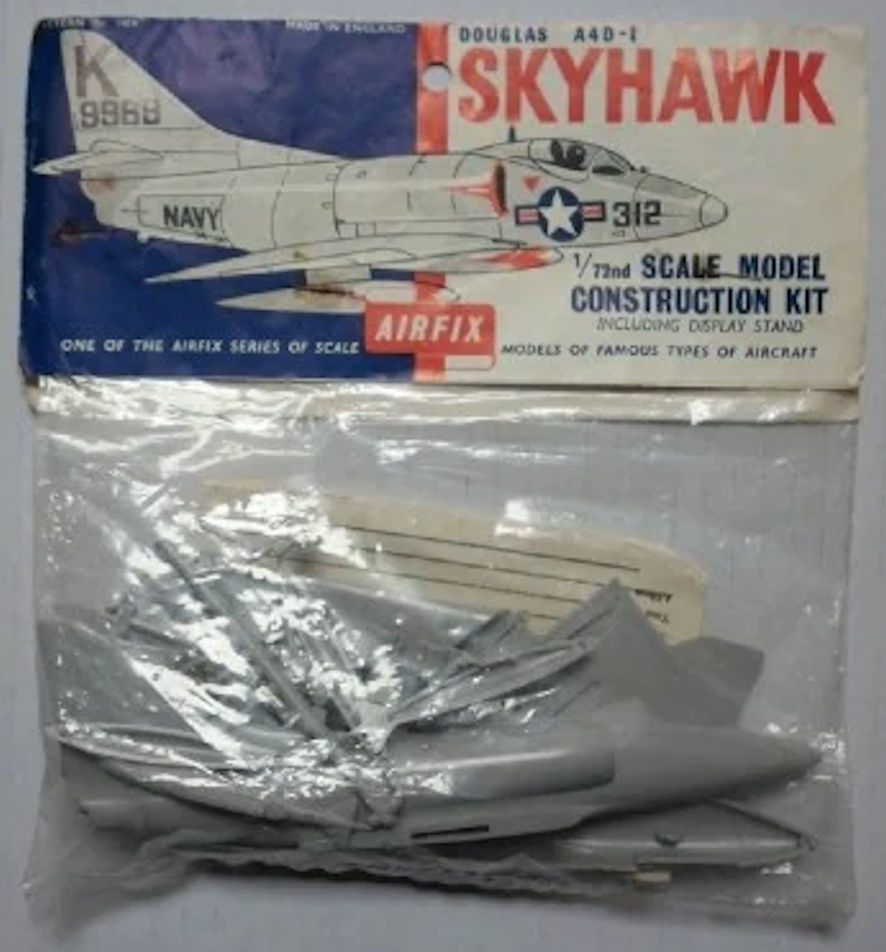
I’m about the embark on making a model of a Douglas A-4 for the Modelgeeks group build using the recent Airfix 1/72 A-4B kit. I see in the box a kit that is remarkable in its detail, design and authenticity, a jewel of the kit maker’s art. But I think back to that first Airfix A-4 kit I bought and built in the early 1960s which was simple and crude by comparison. However, nothing in the modern Airfix kit comes close to the wonder and joy I got from making that earlier kit and the sense of achievement I got after slapping some grey and white house paint on it. When I’ve finished this new model it will be an infinitely better model than my first A-4, but not as great a building experience. To me that was my Golden Age, what we have today is just good old mundane reality in comparison. That’s what age and perspective gives, and takes away.
Leigh Edmonds